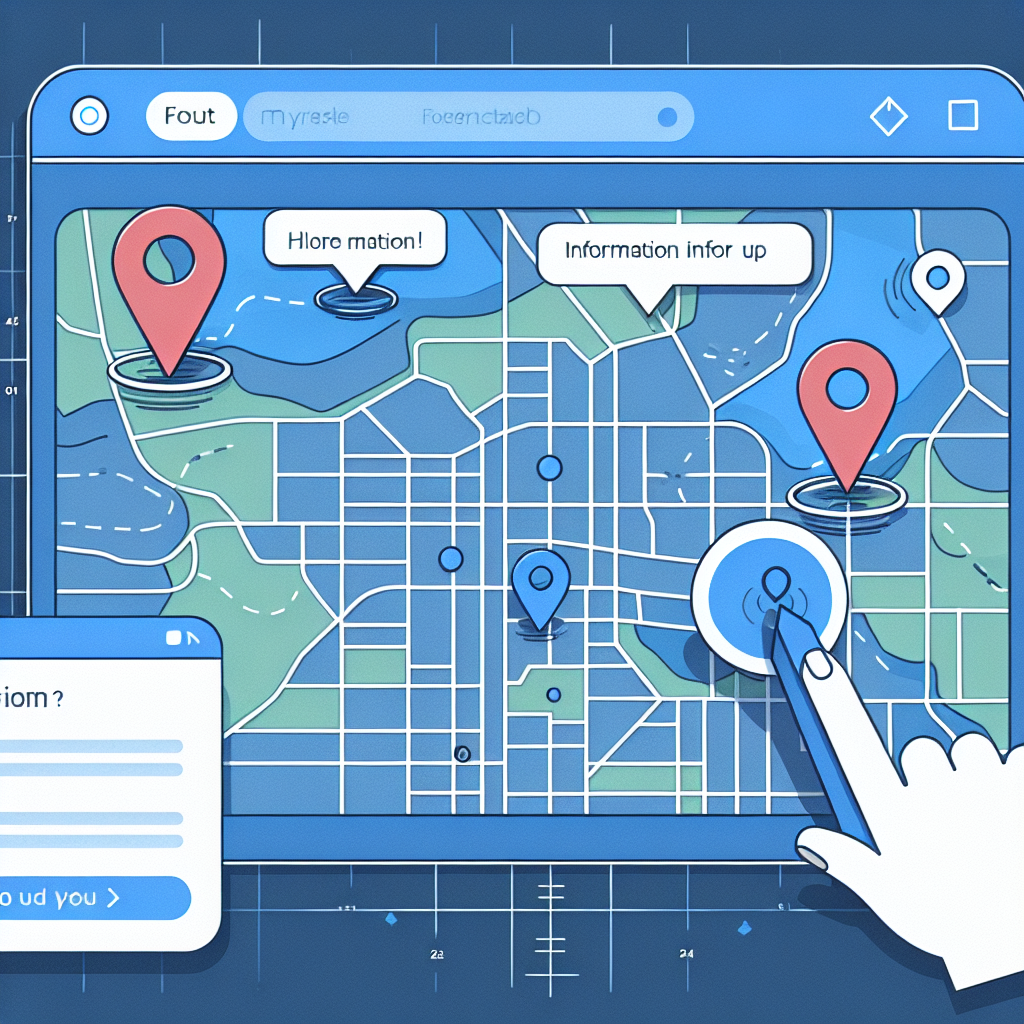As the year draws to a close and a new one begins on January 1st, many people set New Year's resolutions. However, 92% of New Year's resolutions ultimately fail. Why is that? Welcome back, listeners, to another episode of Continuous Improvement. I'm your host, Victor, and today we're diving into a topic that has captivated my curiosity - New Year's resolutions. We all strive to better ourselves, but why do so many of our resolutions fail?
Studies have shown that only 8% of New Year's resolutions actually succeed. That's a staggering number. So, I embarked on a mission to understand why and discover how we can defy the odds.
Researchers suggest that relying solely on willpower to achieve our goals may not be enough. Willpower can be depleted, leaving us feeling disheartened and less likely to continue our journey towards self-improvement.
But fear not, my fellow growth enthusiasts! There is a way to break this cycle and achieve meaningful change. The key lies in setting simple and achievable goals.
Let's break it down. Instead of aiming for lofty ambitions, focus on the low-hanging fruit. These small wins can provide the motivation we need to keep going. Remember, excellence is not a one-time accomplishment but rather a habit formed through consistent actions.
To illustrate this, let me share with you my annual objectives – the daily habits I've incorporated to keep myself on track.
First and foremost, it's always important to keep coding skills sharp. I dedicate at least one hour each day to solving toy problems or tackling coding challenges. Trust me, even a single hour of focused coding can take you a long way.
Next, physical health. We've heard it time and time again, but it's true – a healthy body fosters a healthy mind. I prioritize spending at least 30 minutes a day jogging or engaging in other exercises that keep me active and energized.
Learning should never cease, my friends. I allocate an hour each day to immerse myself in enriching content – whether it's reading books or watching educational videos. The power of knowledge is remarkable, and by dedicating time to learn each day, we unlock endless potential.
Finally, never underestimate the power of human connection. Strengthening social bonds is vital for our well-being. I spend an hour each day connecting with my loved ones – be it over a meal, a video call, or simply catching up on their day.
There you have it, the secret to continuous improvement lies in setting achievable goals and turning them into daily habits. Remember, it's not about making grandiose resolutions that fizzle out by February. It's about focusing on those consistent, small actions that compound over time.
I encourage you all to reflect on what areas of your life could benefit from a little tweaking and experiment with implementing these daily habits. Trust me, the results will speak for themselves.
That's a wrap for today's episode of Continuous Improvement. Thank you for tuning in, and remember, the journey toward self-improvement is one we embark on together. Stay curious, stay hungry, and never stop striving for growth.
Until next time, this is Victor signing off. Take care, my friends!
